Our March 3rd Question of the week was a question about type 1 and alcohol. Although 66% of respondents chose the correct answer, one third did not. We thought that this was an important topic to discuss further, so we can pass on correct info to people living with diabetes.
Before we start though, if you don’t want any spoilers and haven’t tried the question yet, you can answer below: Answer Question
March 3 Question of the week: SZ has type 1 diabetes and uses an insulin pump. SZ wants to celebrate her 21st birthday with friends and asks about drinking alcohol. Which of the following is a correct statement?
Answer Choices:
- Since alcohol causes hyperglycemia, make sure to avoid mixed drinks
- Check glucose 1-2 hours post drink to see if extra insulin is needed
- 5 ounces of wine is about one serving of alcohol
- White wine affects blood glucose more than red wines
As shown above, the most common choice was option 3, the second most common answer was option 2, then option 1, and finally option 4.
The majority of participants chose answer 3, the correct answer. However, if you chose a different answer, read more to learn about the relationship between alcohol and glucose.
Option 1 is incorrect – Since the liver is busy breaking down alcohol, it is not able to release glycogen stores after alcohol consumption, which can lead to hypoglycemia (not hyperglycemia). The sugary carb content of mixed drinks can cause a temporary rise in glucose levels and the alcohol can cause delayed hypoglycemia.
Option 2 is also incorrect. While it is a good idea to check glucose 1-2 hours post drink to see evaluate blood glucose levels, giving extra insulin post alcohol consumption can contribute to hypoglycemia.
Option 3 is correct. One serving of alcohol is 5 ounces of wine, 12 ounces of beer or 1 ounce of spirits.
Finally, Option 4 is incorrect because one serving of white wine affects blood glucose the same as one serving of red wine. Although alcohol lowers blood glucose, it’s good to remember that it is not calorie-free. A glass of wine can provide about 120 k/cals and beer can provide more than 150 k/cals. Plus, alcohol can raise triglycerides and worsen neuropathy. Moderation is key.
We hope you appreciate this week’s rationale and keep studying hard! Thank you so much for taking the time to answer our Question of the Week and participate in this fun learning activity!
Sign up for Diabetes Blog Bytes – we post one daily Blog Byte from Monday to Friday. And of course, Tuesday is our Question of the Week. It’s Informative and FREE! Sign up below!
[yikes-mailchimp form=”1″]









